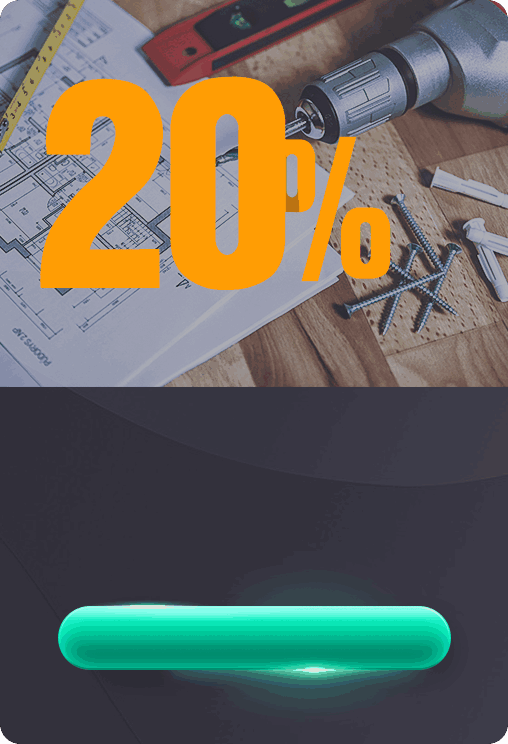FAQS
Payment methods
1. Credit Card.
2. PayPal
3. Bank Card
4. Personally pick up the goods(we are located near Milan, Italy, click to see our location)
If you have problems with your payment, please contact us at [email protected] or +39 3400054590. Our customer service will provide you with the best assistance.
Prices include VAT unless otherwise indicated.
Return policies
In order to carry out the replacement of products in terms of warranty you must report the intention to implement it to the email [email protected] indicating the purchase invoice number and the code of the defective product. Then once you receive permission to be able to perform the return you can send the goods in its original packaging and that the same is contained in a 'another box that protects the original packaging. In case the replacement product is no longer available you will be replaced with a similar/improved product.
You can send a report with your order references (SKU code, DDT number and order number) enclosing photos of the damaged product to [email protected] within 14 days of receiving the goods. They will send you all the necessary instructions for replacing the product.
You can send a report with your order references (SKU code, DDT number, and order number) attached photos of the product to email [email protected] within 14 days of receiving the goods. They will send you all the necessary instructions for replacing your order.
order
To order a product, simply place it in the shopping cart using the "Add" button found next to the desired quantity. Once the shopping cart is open you can review or edit the list of products entered. Continuing to checkout you can set shipping address, payment method and additional information. After confirming the order you will receive an email containing a summary of the requested goods.
For more complex orders or if you already know the product code, you can use the Quick Order function. On the page you can upload a file of items and quantities or enter the various SKUs in the table. The order is always concluded through checkout
We usually ship within 24-48 hours and the products that can be ordered are in stock!
Once confirmed, the order can only be changed through support. Write to us via chat, call 03-951-56222 or send an email to [email protected] specifying the order number.
Yes, you can only cancel your order if it has not been processed by the courier. You will receive a refund (within 7 days) based on the payment method selected when ordering. Write to us via chat, call +39 3400054590 or email [email protected] and quote the order number
transport
Shipments are made by the best express couriers on the market: (BRT, DHL, GLS). The choice of courier will be made by Kosoom based on the type of item and the delivery location.
At checkout, select "Collect in person" under Shipping (click to see the location of our Italian warehouse) and you can collect your order from us. Once you have received confirmation of your order, you can collect it from Monday to Friday from 9.00 to 18.00.
Shipments are made throughout Italy, shipping costs for other regions or countries outside Italy are charged based on the actual situation.
Unfortunately it is not possible. Once the goods have been shipped, you will receive an email with the tracking of your order to monitor the arrival of the goods.
Yes, ask for support via chat, telephone or email to take advantage of the deposit hold option
If your orders are delivered but you were not present, a new delivery will be attempted on the following working day.
Delivery always takes place from Monday to Friday, couriers do not deliver or collect on Saturdays and public holidays.
Allows you to sell products to your customers without having them directly in stock, you can choose whether to ship anonymously or in your name
Do you need additional help?
SEND US A MESSAGE
CONTACT INFORMATION
Via Talamoni, 6, 20861 Brugherio MB, Italy
H76R+HQ Brugherio, Province of Monza and Brianza, Italy
Do you have questions about how we can help your company? Send us an email and we’ll get in touch shortly.
YOU MAY ALSO LIKE…
OUR LATEST NEWS
How to Choose and Use Different Types of LED Light Strips
-
Posted by
Mark
- 0 comments
What is LED linear lighting?
-
Posted by
Mark
How to choose LED track lights?
-
Posted by
Mark
How safe and durable is Light Strip?
-
Posted by
 Bobby
Bobby


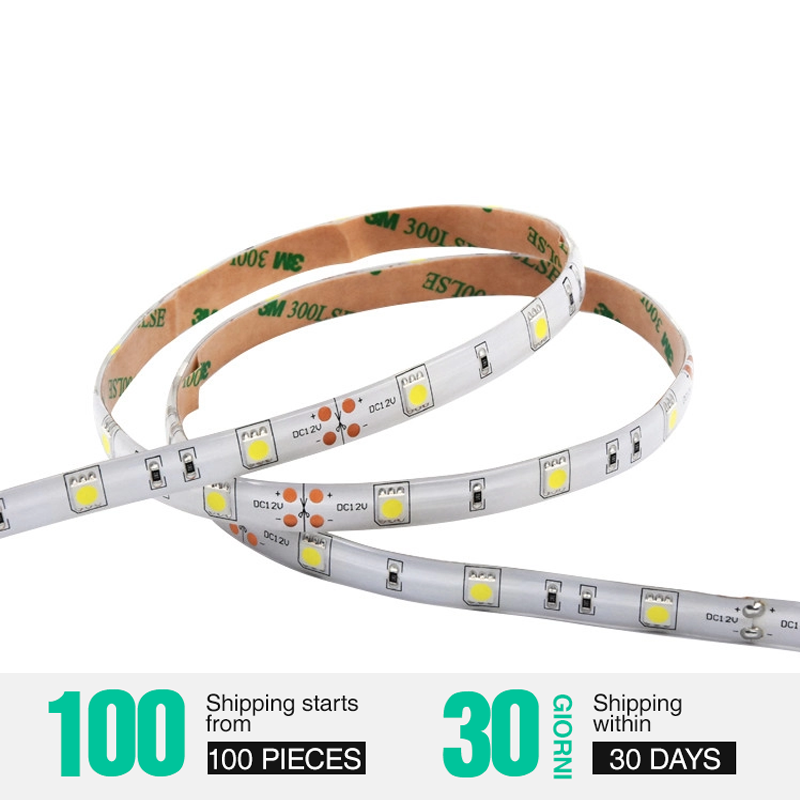
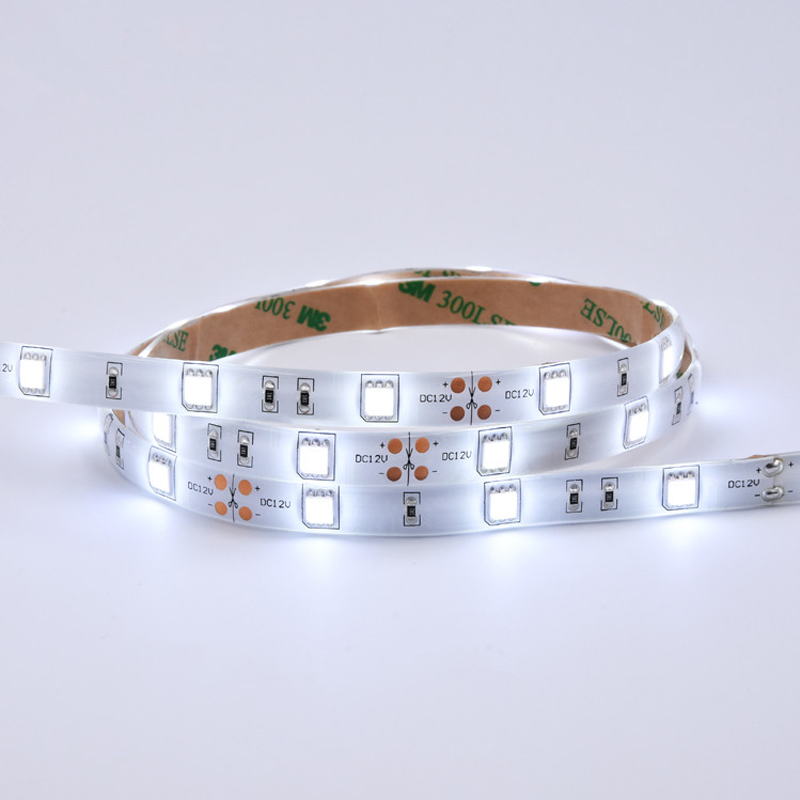
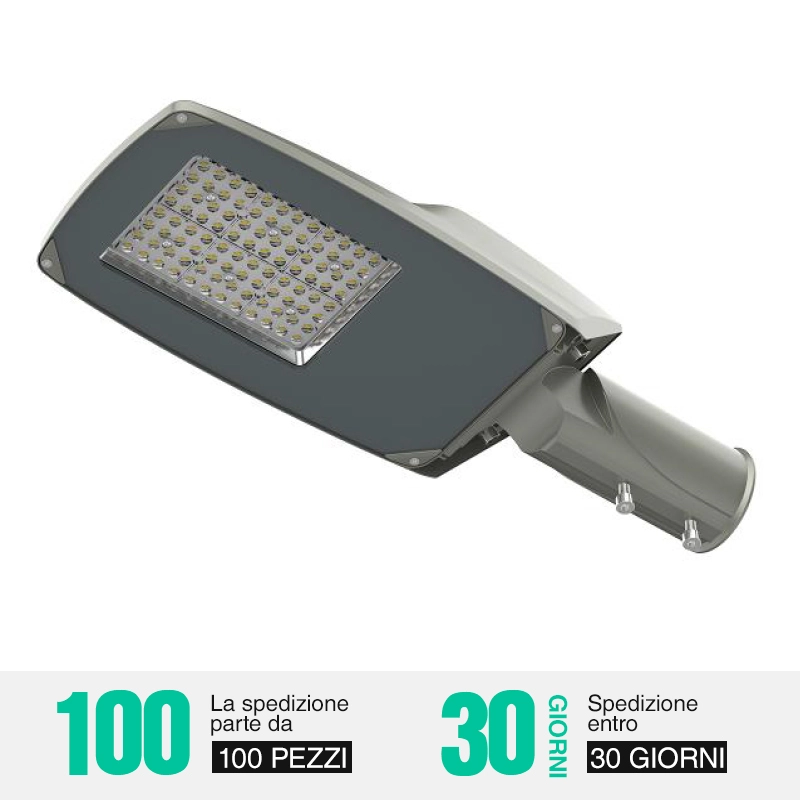
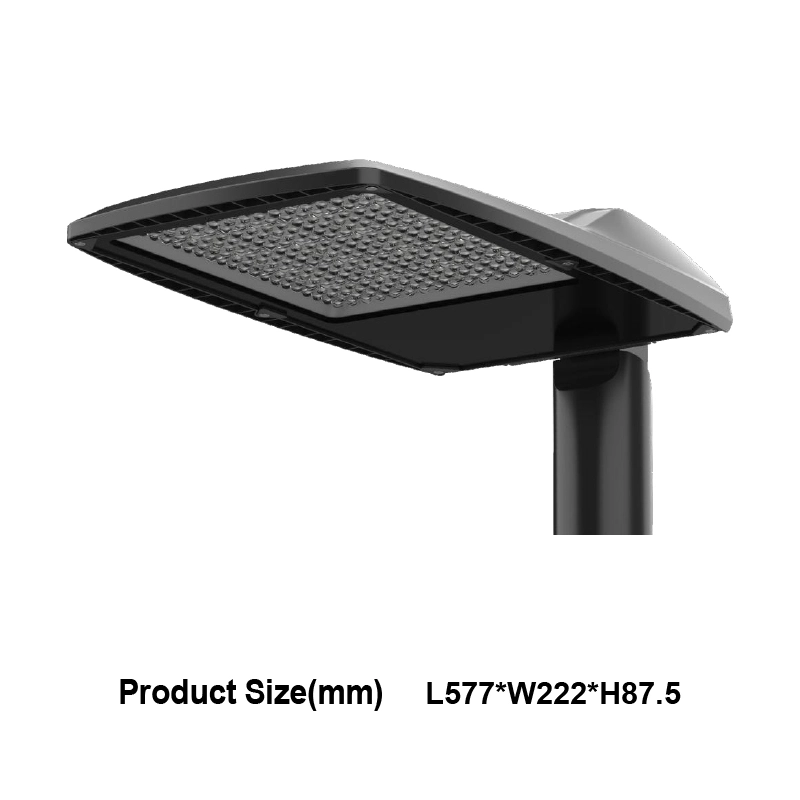
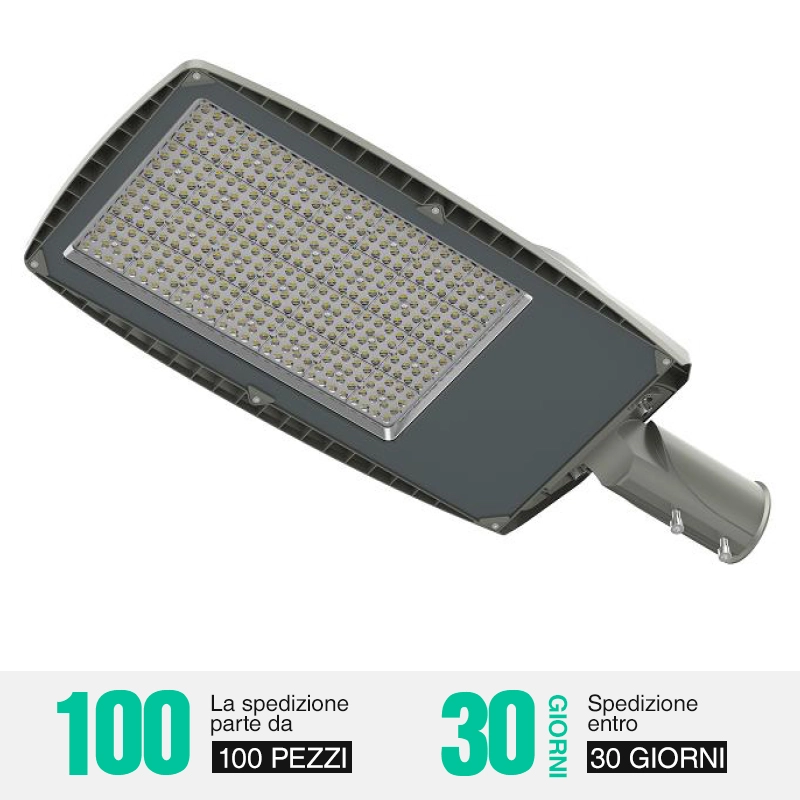
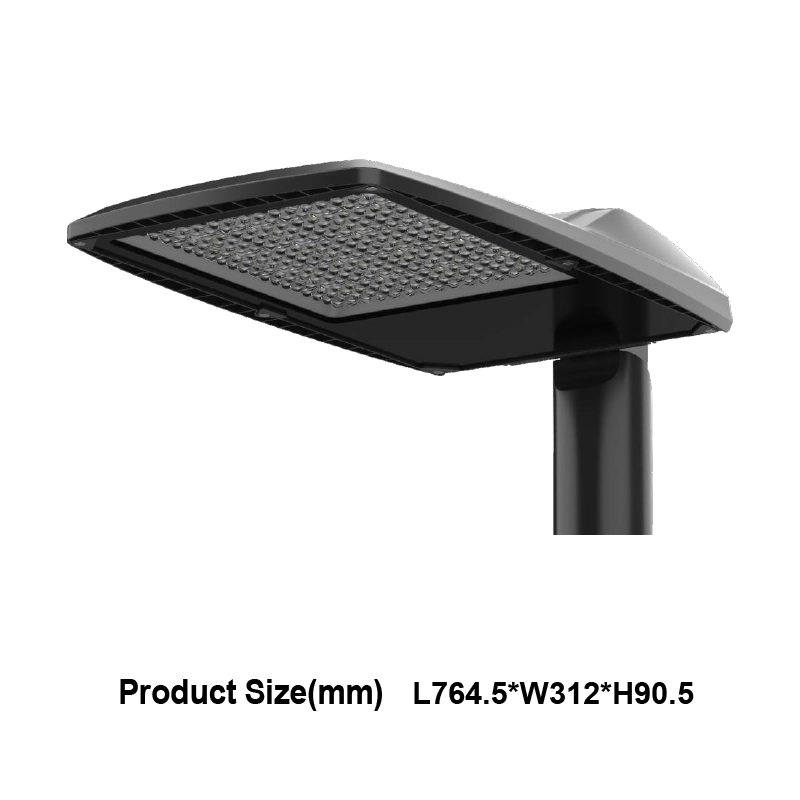

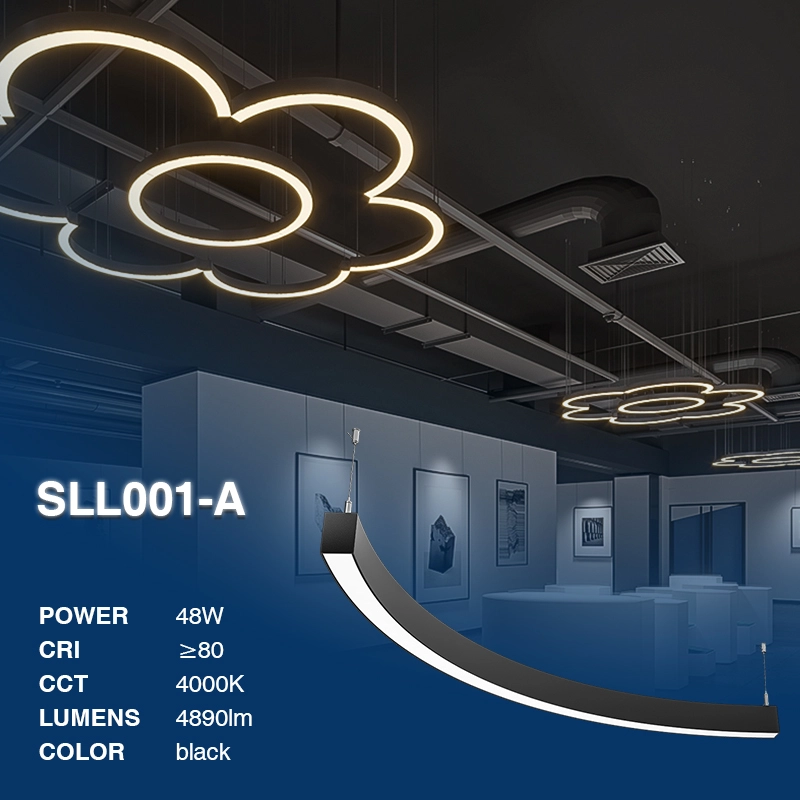
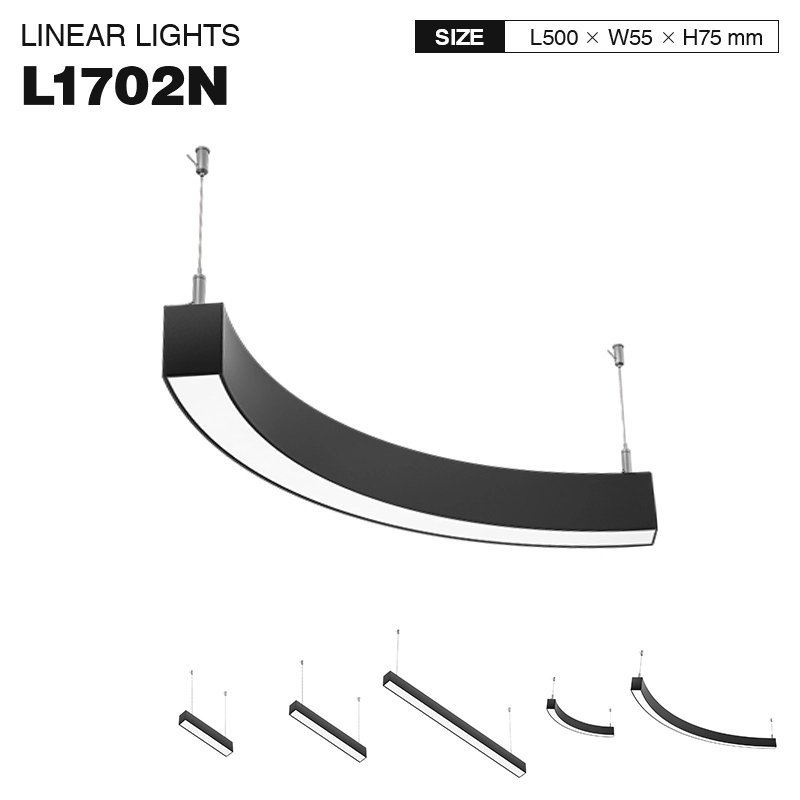
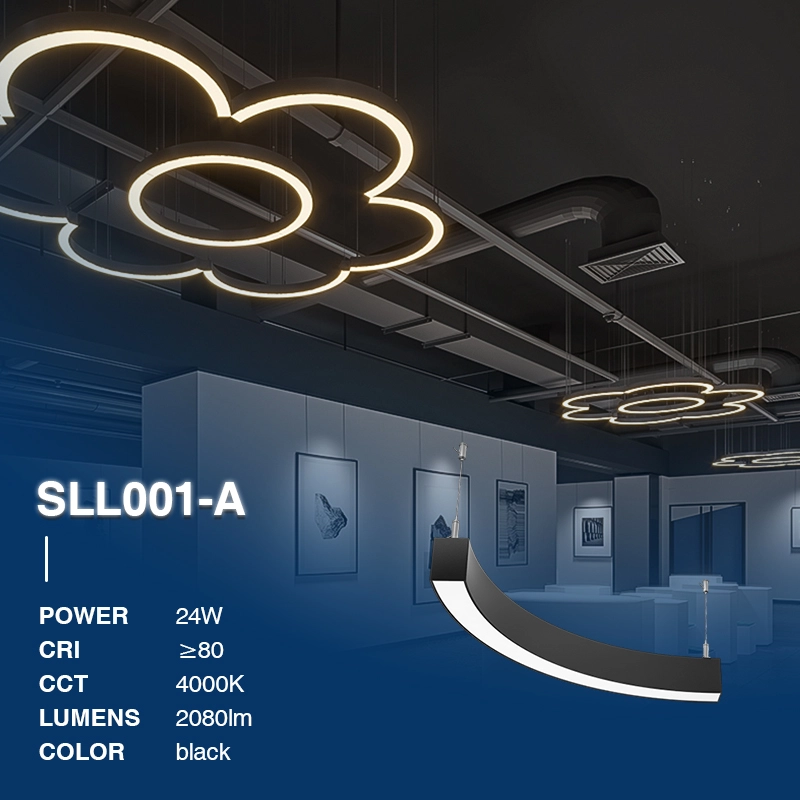
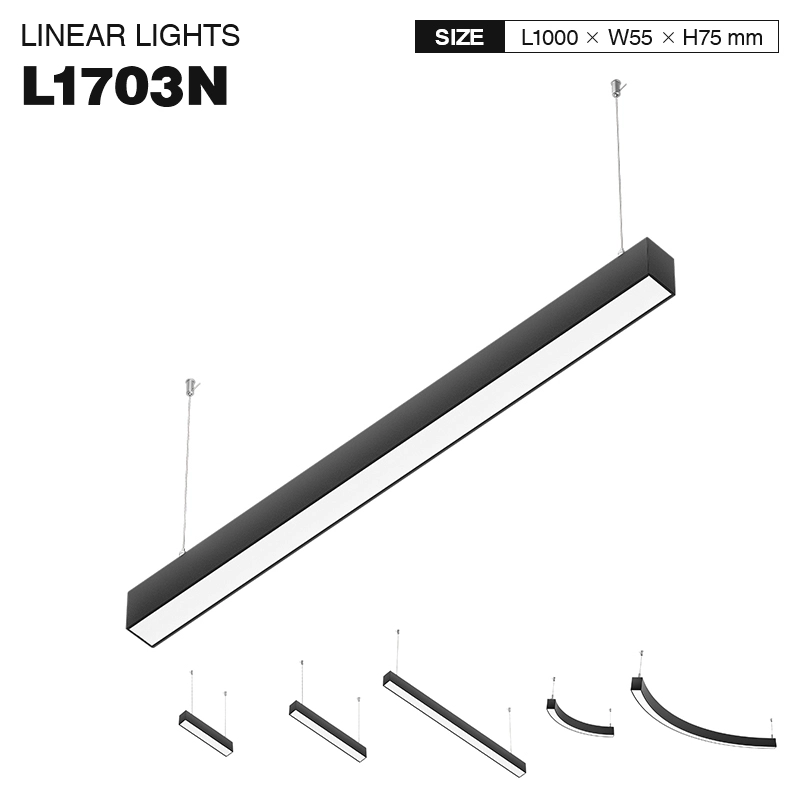
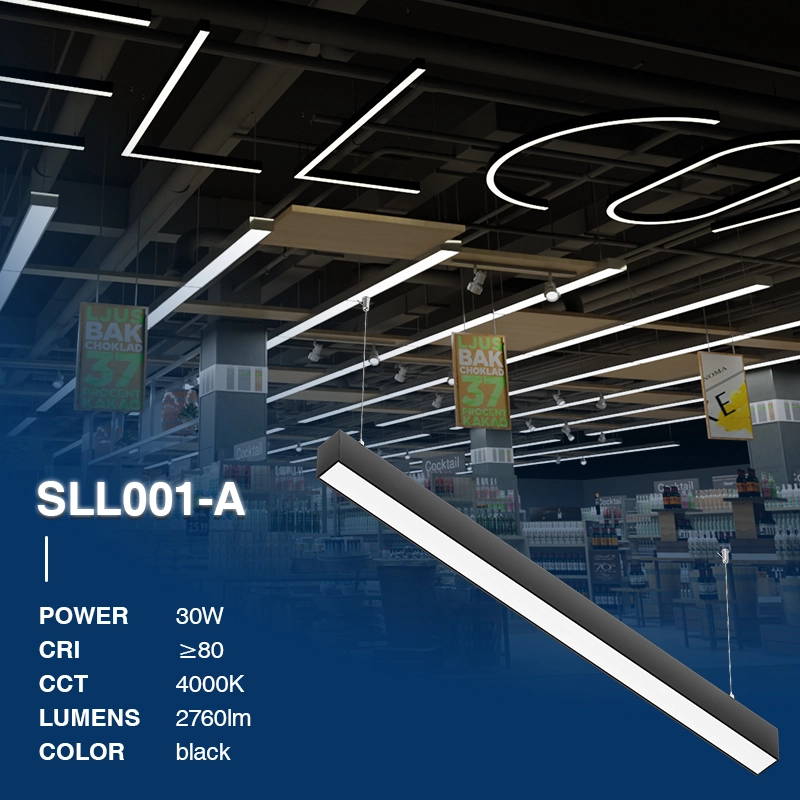
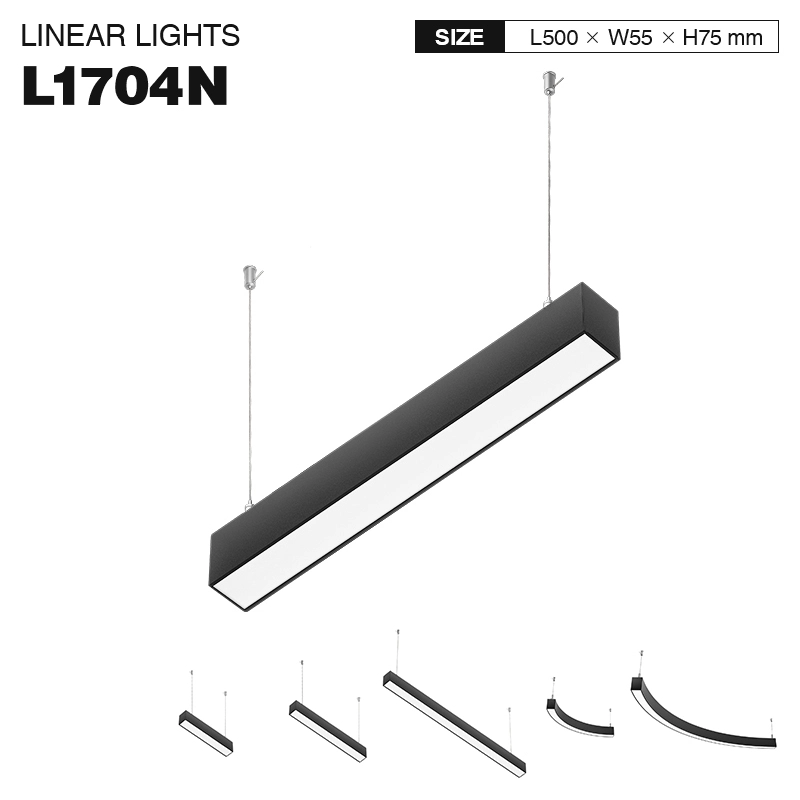
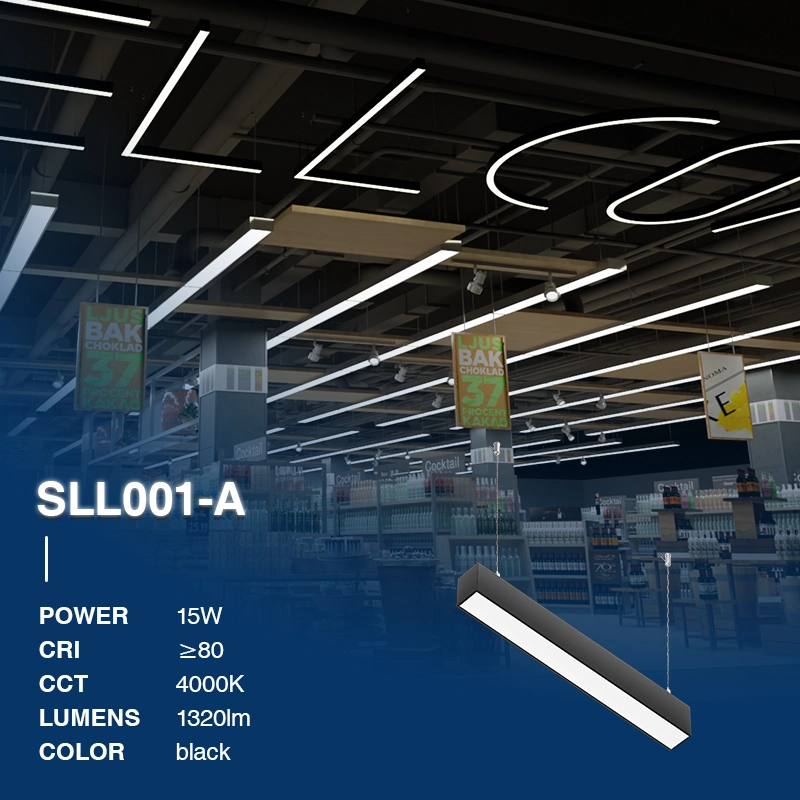
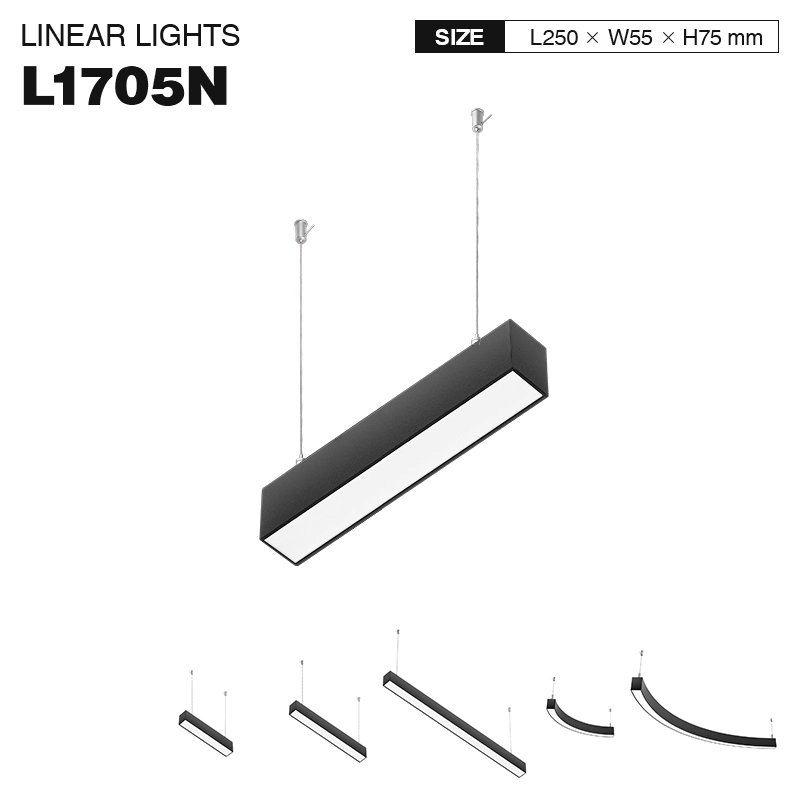
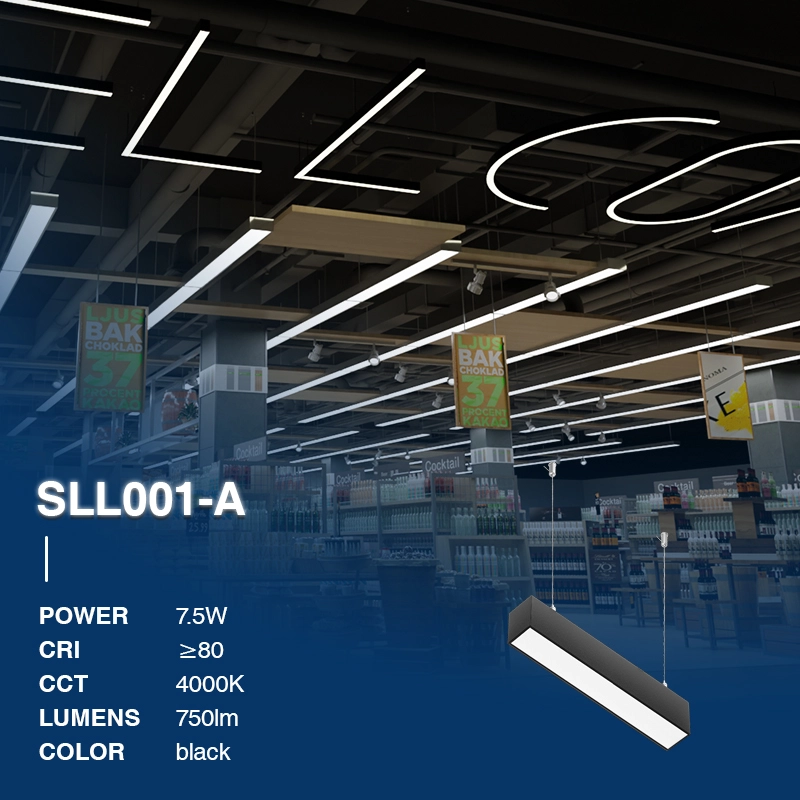
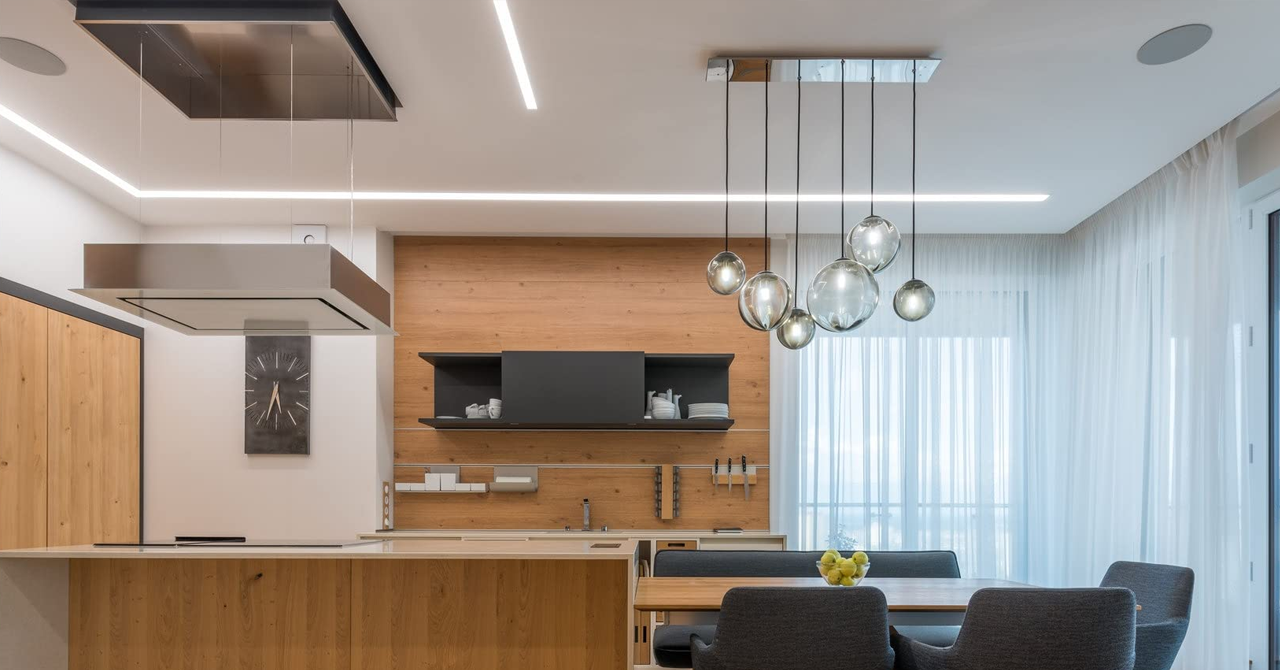
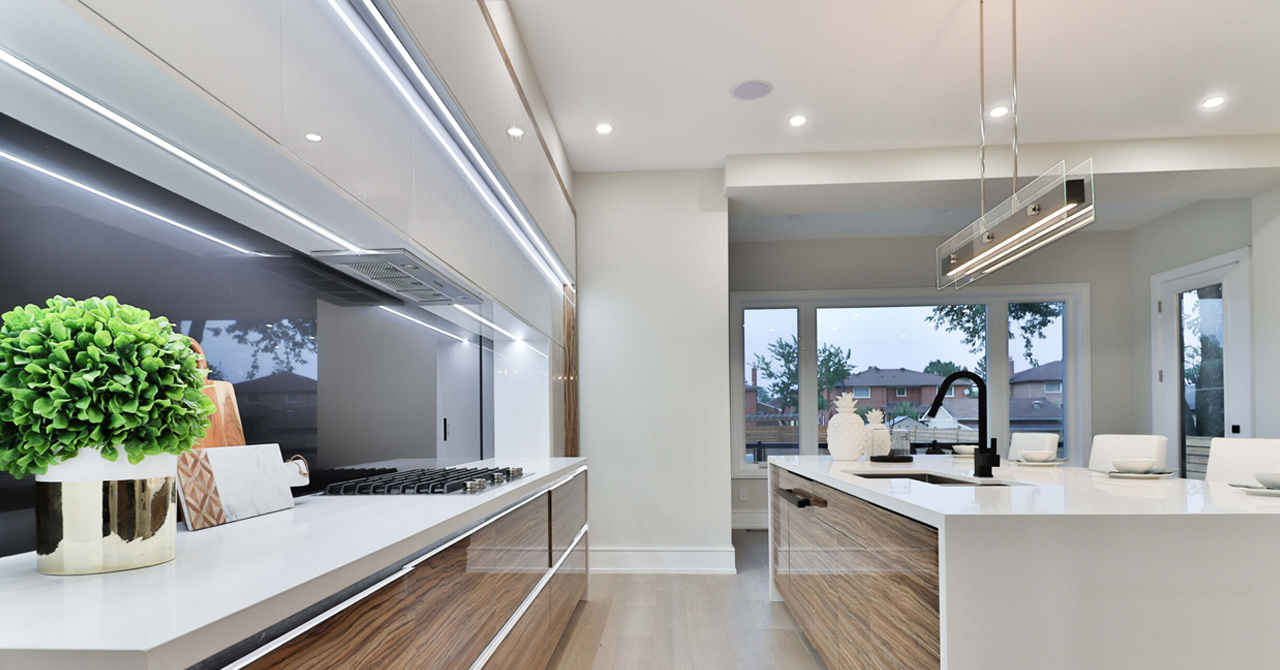
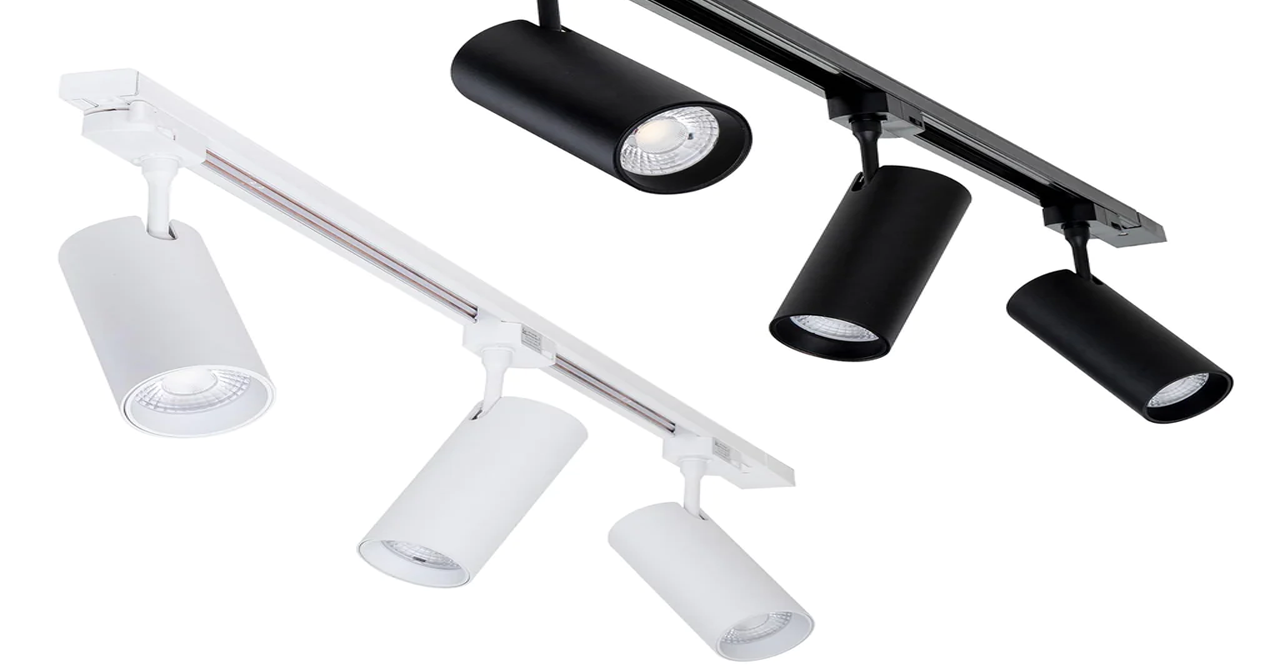








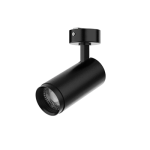 Ceiling Spotlights
Ceiling Spotlights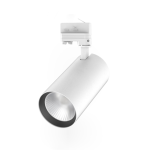 Indoor Spotlight
Indoor Spotlight Recessed Spotlights
Recessed Spotlights
